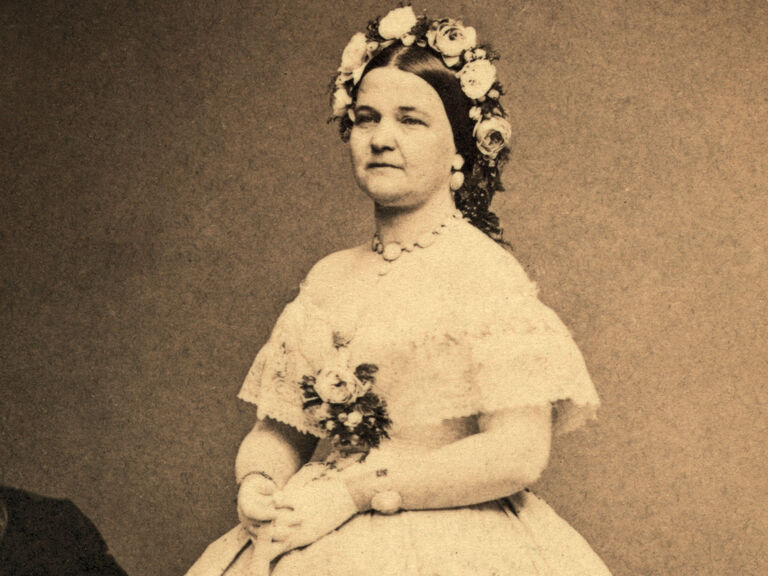An Eerie Figure Can Be Seen In A Photo Of Mary Todd Lincoln
By James Cannon
Photographer William H. Mumler claimed that his special brand of photography could offer "peace and comfort to the weary soul." He claimed to all who would listen that he could provide "the bright, effulgent rays of the spiritual sun." Many people thought Mumler was a fraud, but he was successful and notorious enough to lure at least one high-profile client into his studio: Mary Todd Lincoln. The eerie image Mumler created of Mary has puzzled experts to this day.
The "black art" of photography
In 1872 — when Mary posed for Mumler — photography involved a lot of work from the photographer and a lot of patience from the poser. You couldn’t just snap a picture on a whim and be done with it like we do today.
Instead, Mary would have to hold her pose for the picture for at least 60 seconds without moving or changing her expression. Then Mumler had to begin his mysterious chemical process of developing the image... But Mumler's photographs weren’t your average photographs.
Mumler was in the right place at the right time
Mumler had become a notorious figure in the world of photography by 1872. However, he didn't begin his career as a photographer. He was originally an engraver who was only a hobbyist when it came to taking photographs.
But Mumler was getting into photography at just the right time. The first-ever photo used to illustrate a newspaper story was published in 1848, and, as the writer Peter Manseau argued, "they emerged as the standard of proof for whether or not something had actually happened."
He photographed "a girl made of light"
In 2017 The New Yorker described what would become the pivotal moment of Mumler’s career. It came in the early 1860s, and it happened after Mumler took a picture of himself and developed the image.
Mumler then noticed something very peculiar about this particular image. According to author Peter Manseau, the photographer saw “a girl made of light” in the background of the picture. She wasn’t just a random girl, though.
He thought it was his cousin's ghost
Mumler became convinced that he’d captured an image of his cousin’s ghost. The engraver shared what he’d found with a select group of people in his native Boston. That was when his life began to change.
When Mumler showed his "spiritual photograph" to members of the spiritualist community, he reportedly drew gasps and praise from believers. Boston was a hotspot for spiritualism after the horrors of the Civil War — and Mumler's work fit right in.
